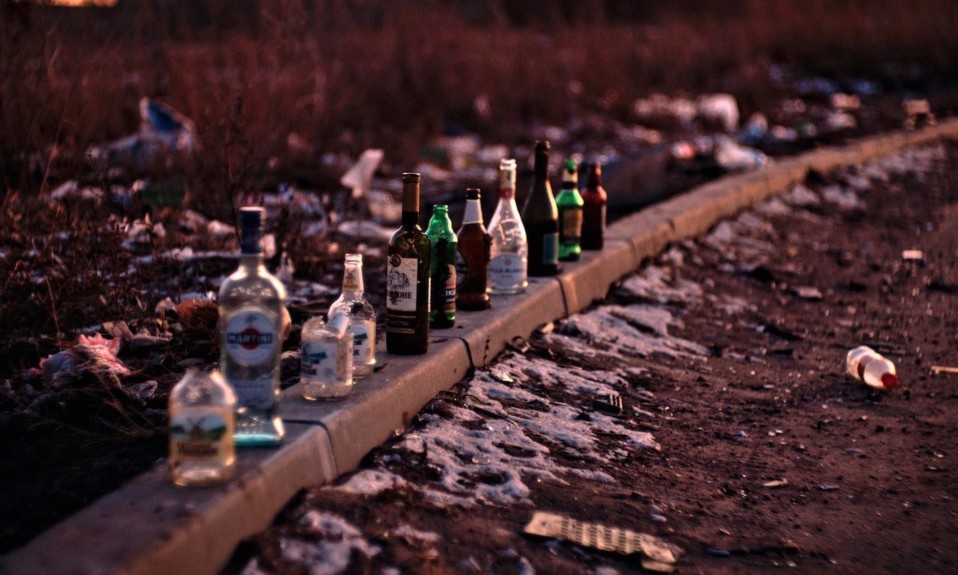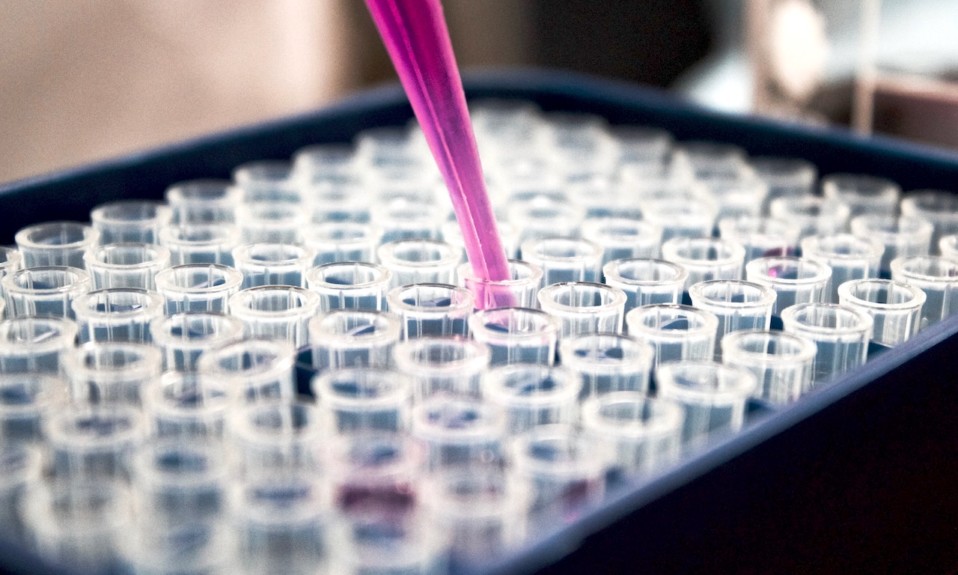Why, the author asks, don’t we focus on alcohol the same way we do on opioids? It’s a fair question
By William Stauffer
April 1, 2021This post is reprinted with permission from one of TreatmentMagazine.com’s go-to blogs about addiction, treatment and recovery: Recovery Review.
As behavioral neuroscientist Dr. Judith Grisel notes, every time you use a drug there is a good feeling, but there is always a “payback” as the brain seeks homeostasis. Essentially you are borrowing good feelings from the future. Rewards beyond drugs work this way too, which is why you feel a little blue after a birthday or a big event in your life. Drugs give you that good feeling, but the more you use, the greater the future debt to be paid back. The COVID-19 pandemic is significantly adding to the already growing balance sheets in respect to alcohol use disorders for millions of Americans.
I suspect [drinking] is also harder for us to talk about because it is so socially acceptable. As a society we still see those among us who are unable to moderate through a moral lens rather than based on what is actually occurring, a medical condition, typically with genetic components.”
We know that alcohol use is way up as a result of COVID-19, as I noted in a CNN piece in the early days of the pandemic. The NIH has identified that alcohol related mortality doubled in the years preceding the pandemic, especially among women. Despite these dire statistics, we do not focus on alcohol use disorders in the same way we have opioids. Why not? Overdose deaths tend to be sudden, and alcohol-related deaths either tend to be gradual or associated with other causations, such as car accidents, falls and drownings. I suspect it is also harder for us to talk about because it is so socially acceptable. As a society we still see those among us who are unable to moderate through a moral lens rather than based on what is actually occurring, a medical condition, typically with genetic components.
A Vital Strategies report, The Sobering Truth: Incentivizing Alcohol Death and Disability, notes that government incentives to the alcohol industry is measured in the billions. We use public monies to incentivize drinking even as we bury our family members from alcohol-related disorders. This is obscene. The report notes that harmful alcohol consumption, such as binge drinking, affects a range of health, social and economic factors. It states that alcohol:
- Leads to one death every 10 seconds—3 million deaths per year globally
- Is a leading risk factor for noncommunicable diseases (NCDs), including cancer, cardiovascular disease and liver diseases
- Can worsen the course of infectious diseases, such as tuberculosis, HIV/AIDS, pneumonia and yes, COVID-19
- Is the leading global risk factor for death and disability for people 15 to 49
- Can exacerbate mental health conditions and contribute to violence in the form of homicides, suicides and domestic abuse
- Caused approximately 370,000 deaths on the road globally in 2016
The report goes on to question governmental incentivization of the alcohol industry and to urge governments, policymakers, and health advocates to actively monitor the alcohol industry’s interference in policy and to question the cost and benefits of these economic incentives. I find this particularly relevant as we are in the midst of a pandemic that is increasing problematic use of alcohol. We are setting ourselves up for additional waves of alcohol related mortality here in American and beyond.
We do a terrible job at early intervention and follow through with alcohol-related illness. I often here accounts of alcohol treatment needs being triaged behind opioid treatment needs because of the perception that alcohol use disorder are not as bad.”
It is a good report with much-needed recommendations. We must go further. We do a terrible job at early intervention and follow through with alcohol-related illness. I often here accounts of alcohol treatment needs being triaged behind opioid treatment needs because of the perception that alcohol use disorder are not as bad. Lack of referral from medical care systems is one of the factors resulting in the abysmal fact that in 2018, only one in every 13 people who need substance use treatment in America got it.
A 2017 American Journal of Medicine article, Treatment of Alcohol Use Disorder in Patients with Alcoholic Liver Disease,” noted that “despite evidence that outcomes improve with integration of psychosocial and medical care, there are almost no randomized studies for behavioral and/or pharmacologic treatments in patients with alcohol use disorder and alcoholic liver disease.” As this Medscape article notes, “Many physicians believe no effective treatment is available for alcoholism; therefore, these physicians do not refer their patients for treatment.” This is most likely related to negative perceptions about people like me who have substance use disorders that seem unfortunately pervasive among medical care professionals. We do recover.
Solutions are complex. If they were simple, we would already have fixed them. We must address the underlying discriminatory practices that influence low identification rates for alcohol and other substance use disorders. We need to do some serious investment in our substance use treatment and recovery support service infrastructure and we need to invest in recovery oriented research. There is a train coming at us, we are on the tracks, what we need is the will to do something about it. “Those people” are our people. Let’s save some lives and more comprehensively address alcohol-related disorders.
This Recovery Review post is by William Stauffer, who has been executive director of Pennsylvania Recovery Organization Alliance (PRO-A), the statewide recovery organization of Pennsylvania. He is in long-term recovery since age 21 and has been actively engaged in public policy in the recovery arena for most of those years. He is also an adjunct professor of Social Work at Misericordia University in Dallas, Pa. Find more of his writing, as well as a thought-provoking range of articles, insights and expert opinions on treatment and addiction at RecoveryReview.com.blog.
Photo: Artem Labunsky













